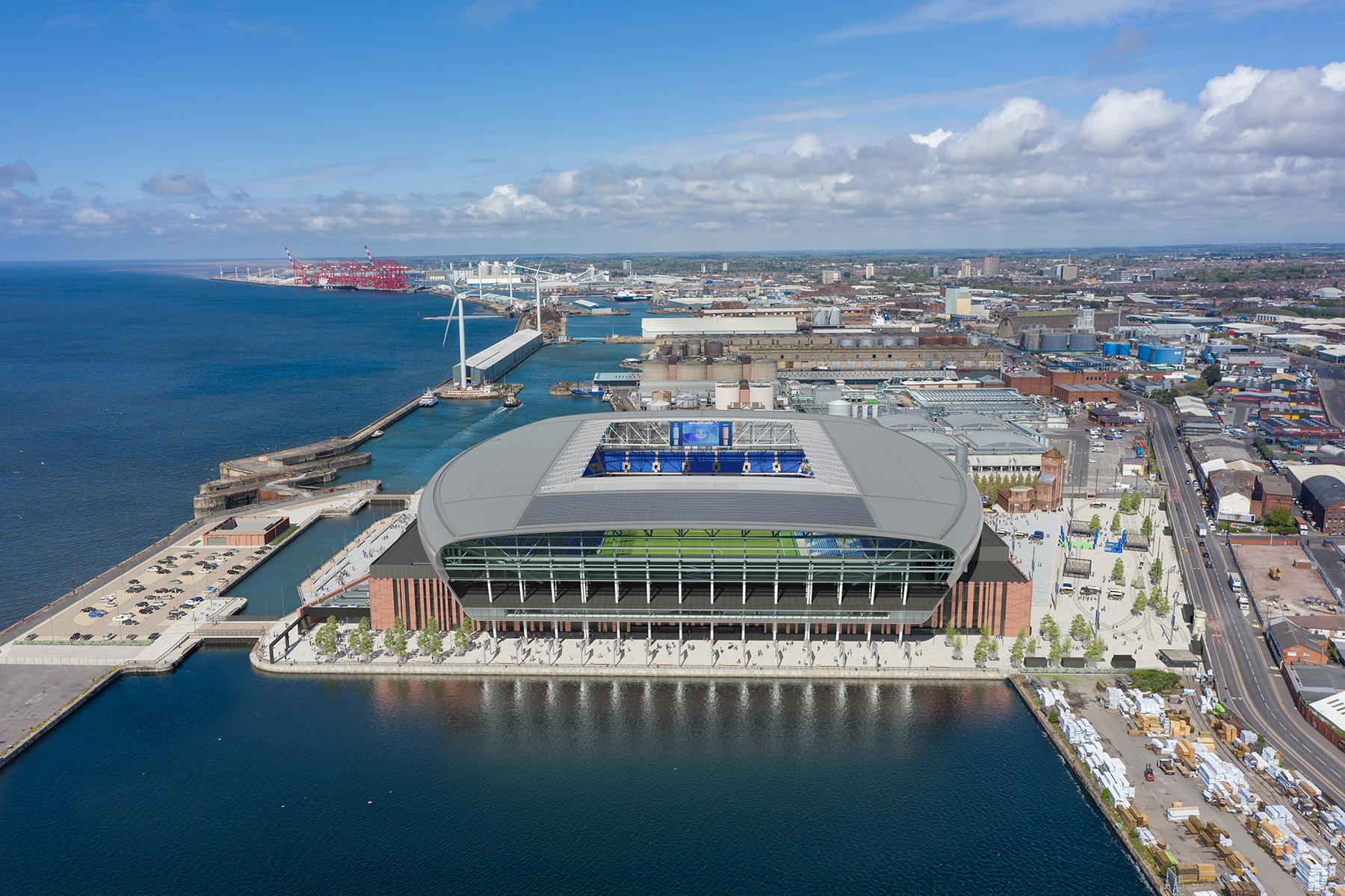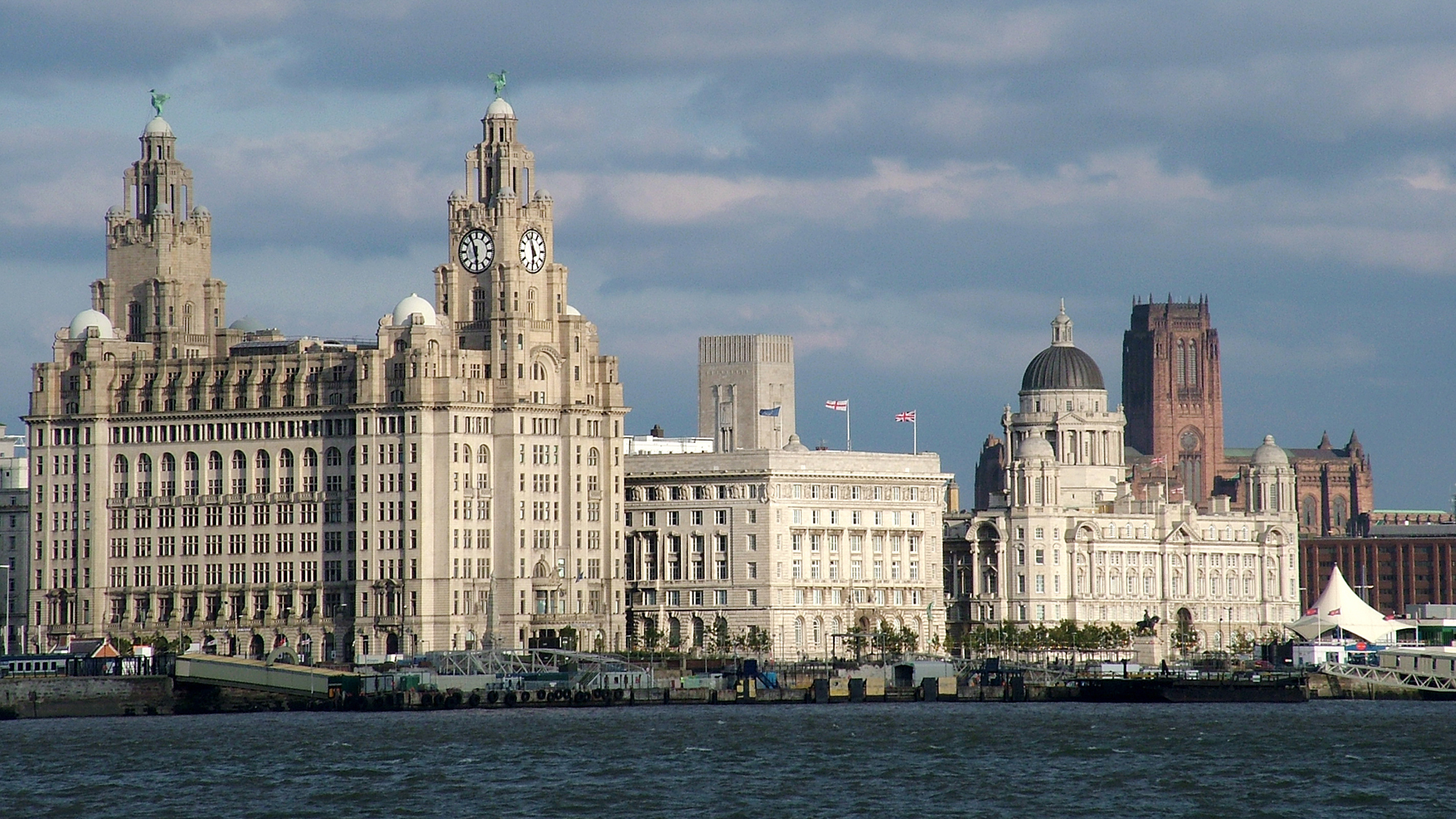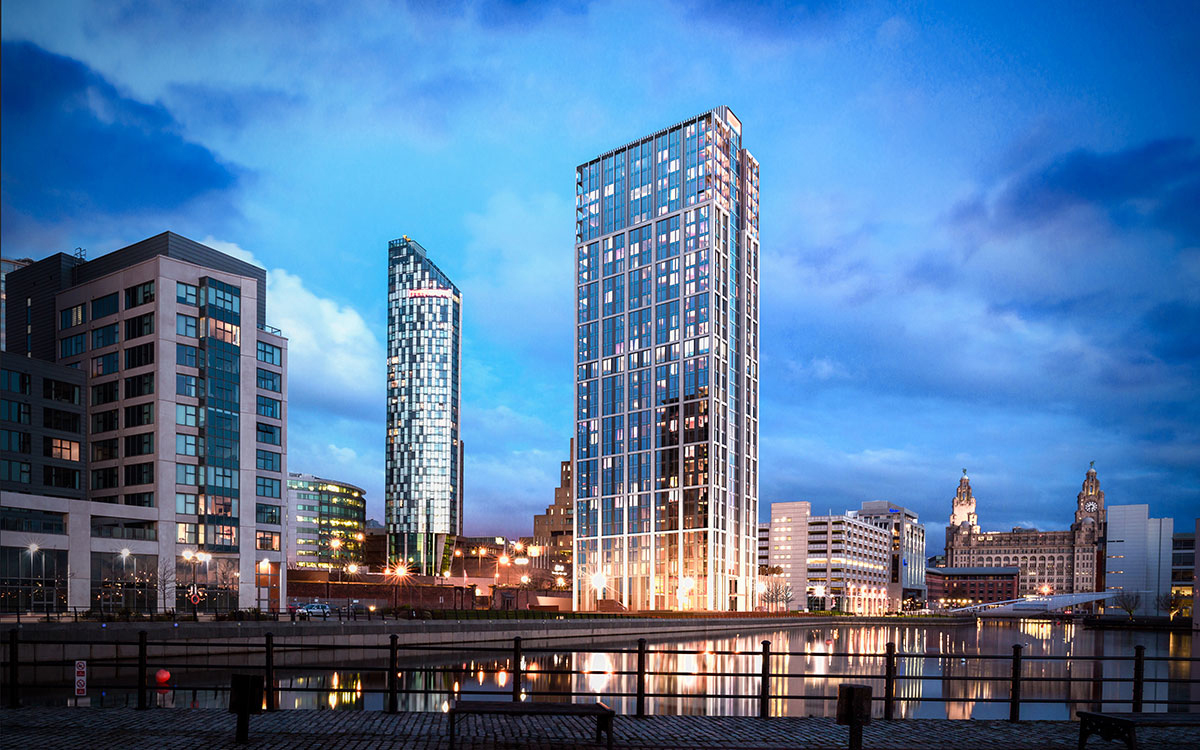By T.R. Witcher
In 2004, UNESCO added the docks and waterfront of the historic British port city Liverpool to its prestigious list of World Heritage Sites: “Liverpool’s historic centre and docklands were inscribed for bearing witness to the development of one of the world’s major trading centres in the 18th and 19th centuries,” UNESCO noted. “The site also illustrated pioneering developments in modern dock technology, transport systems, and port management.”
So it was a surprise earlier this summer when UNESCO voted to delist the city’s waterfront from its World Heritage Site list — just the third time this had happened in the nearly 50-year history of the program.
The new developments on the docklands “are detrimental to the site’s authenticity and integrity,” according to a statement issued by UNESCO, which continued that “any deletion from the World Heritage List is a loss to the international community and to the internationally shared values and commitments under the World Heritage Convention.” (UNESCO didn’t respond to questions sent by Civil Engineering.)

Despite the seemingly unexpected nature of the delisting, UNESCO’s decision has been brewing for nearly a decade, as Liverpool’s waterfront exploded with new, modern developments.
In a published statement, Liverpool Mayor Joanne Anderson expressed the city’s position: “I’m hugely disappointed and concerned by this decision to delete Liverpool’s World Heritage status, which comes a decade after UNESCO last visited the city to see it with their own eyes. Our World Heritage site has never been in better condition, having benefited from hundreds of millions of pounds of investment across dozens of listed buildings and the public realm.” (The city of Liverpool didn’t respond to questions sent by Civil Engineering.)
It doesn’t appear that the removal of the designation will have much long-term impact on the city of Liverpool, according to Michael Parkinson, a professor at the University of Liverpool and a member of the Liverpool World Heritage Site Task Force. The city will have “reputational damage globally, short term, of course,” he says. “It's not good news. You don't want it. You don't want to be thrown out of a club like that on those reasons.”
Nevertheless, he adds, it’s unclear whether the World Heritage status has had any impact on Liverpool’s economy or growing tourism sector. “We've tried very hard to show the economic consequence of having status — (on) tourism and business,” Parkinson notes. “It’s very hard to find significant evidence that the city got more investment or more tourists (after its designation as a World Heritage Site).”
A city by the sea
Liverpool may now be best known as the birthplace of the Beatles (all four members of the band and the band itself), but the city’s history is intimately tied to the sea. As a center for shipping, Liverpool was the departure point for millions of Europeans leaving for the New World. Between 1860 and 1900, more than 86% of the 5.5 million Europeans who crossed the Atlantic did so from Liverpool.
Liverpool was also the central European port of the transatlantic slave trade. According to the International Slavery Museum, located on the city’s Royal Albert Dock, Liverpool vessels carried more than 1.5 million enslaved Africans to the New World. Indeed, according to the BBC, the city controlled more than 40% of the European slave trade.
The architectural heritage of the waterfront is centered around a trio of early 20th-century masterpieces known as the Three Graces — the Royal Liver Building, the Cunard Building, and the Port of Liverpool Building.

Preserving and celebrating this type of cultural and built heritage is at the root of UNESCO’s World Heritage Site program, which was codified in its 1972 convention. The program “developed from the merging of two separate movements: the first focusing on the preservation of cultural sites and the other dealing with the conservation of nature,” according to UNESCO’s website.
Currently there are 1,154 cultural and natural sites across 167 countries worldwide.
Modernizing the waterfront
When Liverpool was named to the heritage list in 2004, UNESCO’s World Heritage Committee, according to its website, “requested that the height of any new construction … should not exceed that of structures in the immediate surroundings” and that the character of new construction should respect the historic area.
But Liverpool’s waterfront has seen a tremendous amount of development since then — since 2010, investment in the waterfront and its adjacent zones has totaled nearly $2.5 billion.

The development’s central project, Living Waters, is located just north of the historic heart of the waterfront. This 20 million sq ft mixed-used development extends 2 km along the banks of the River Mersey and includes a new ferry terminal, an apartment tower, 330 smart homes and shops, offices, and restaurants. And at the site’s northern end will be a new $690 million waterfront stadium for the Everton Football Club — one of two Premier League soccer teams in the city — which broke ground in August.
As early as the World Heritage Committee session in 2012 in St. Petersburg, Russia, the committee “considered that the proposed development of ‘Liverpool Waters’ constituted a potential danger to the World Heritage property and noted that the implementation of the development would irreversibly damage the attributes and conditions of integrity that warranted inscription (of the site on the heritage list).” Because of this, the committee added the site to its List of World Heritage in Danger, “with the possibility of eventual deletion from the World Heritage List, should the project be approved and implemented.”
But the stadium is what critics of UNESCO’s decision say pushed the organization over the edge. Defenders of the plan cite the current condition of the site around the stadium. “It’s a dock area that’s been derelict for 50-60 years,” says Parkinson. He says 10% of the Everton plan budget will go toward restoring two or three heritage structures nearby as well as supporting a new museum and a heritage walking trail. He says the plan is widely supported in the city.
Parkinson also questions what he says is UNESCO’s contention that siting the stadium on the waterfront amounts to cultural vandalism. “Football has been a crucial part of the city’s heritage since the 1890s. So far from being a cultural vandalism, it’s a piece of cultural investment.” (Indeed, Google “Liverpool” and the first hit you’ll see is for Liverpool Football Club, the crosstown rival of Everton.)
“That part of the city center is very deprived, very run down, (and) it needs lots of regeneration,” says Adam Hall, managing director at Falconer Chester Hall, one of Liverpool’s leading architectural practices and a firm that is designing projects on the waterfront. “What better thing than a football stadium with the likelihood of hotels, shops, bars, and restaurants all starting to congregate around that stadium and bridge the gap between the city center and north of the city center?”
However, UNESCO noted in its June report that the government had no ability to “put in place the requested moratorium for new building projects, nor to stop nor to significantly change the approved (outline planning consent) for the ‘Liverpool Waters’ scheme.” Years of development, UNESCO’s heritage committee concluded in a meeting this summer, had “progressively eroded the integrity of the property and continue to do so.”
Redefining heritage
The UNESCO decision highlights important questions about the need to balance redevelopment and preservation, especially in cities such as Liverpool that have seen their share of tough economic times. The city received an investment boost when it was named a European Capital of Culture for 2008 by the European Union. But, particularly in a new COVID-normal world, city investments are no guarantee.
"You ask yourself where is the next ($1.9 billion) investment coming from?” Parkinson says. “When we're still in a period of global uncertainty, still emerging from COVID, there aren't going to be many projects of that scale. If you get one, you'd be irresponsible to let that go in deference to an international organization, which has given you a plaque and nothing else."
"UNESCO was worried about the wrong thing,” says Parkinson. “They defined heritage as buildings and how tall they are. We got the status because of the role of the British Empire and slavery; it's a very contested heritage. This city needs a much wider debate about heritage and values, which is a much bigger debate than ‘How tall should the buildings be?’"
Still, several sources note that the loss of designation status shouldn’t give developers carte blanche. "We shouldn't just say, ‘UNESCO is gone, so we can have a development free-for-all where anybody can build everything,’" says Parkinson. "This is the city's responsibility to not say this issue doesn't matter. It matters even more — but it matters that we get it right."
“Developers need to pay careful attention to the history of any site, its historical context, views to and from the site, as well as the design of adjacent sites,” says James Dunningham, a spokesperson for the Liverpool Waters project. “Heritage specialists are involved in every part of the design process, and heritage groups must be consulted. All these considerations and expert feedback must then be reflected in the design strategy and planning proposals. For any large development, the process is rightly very robust with some large projects years in the planning phase.”
UNESCO’s decision is, by all accounts, not subject to appeal. But proud Liverpudlians are already moving forward. “I don't think UNESCO really understood what Liverpool of the 21st century is all about,” says Hall. “It's about a growing city, working with the best of the past, and working with the best of the city, and making sure the city is moving forward.”



